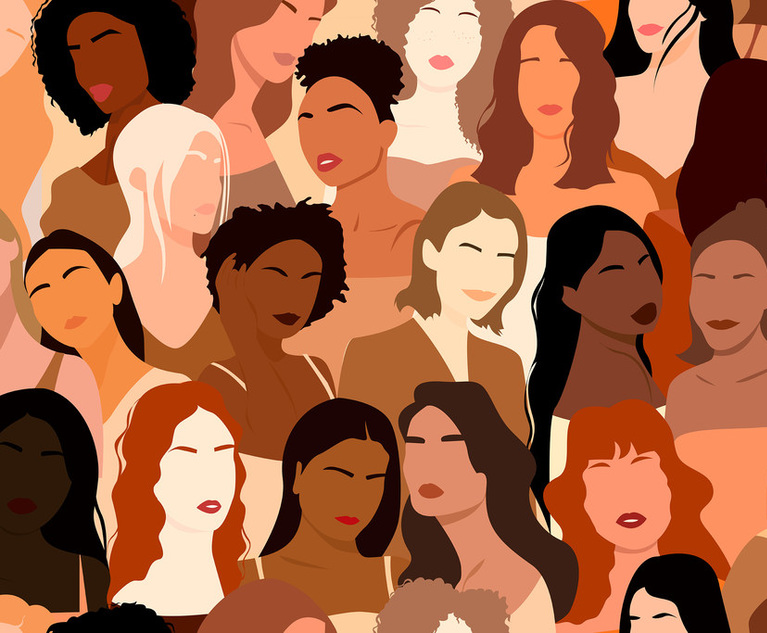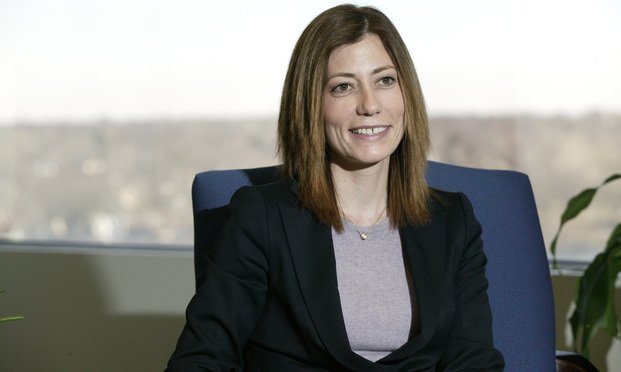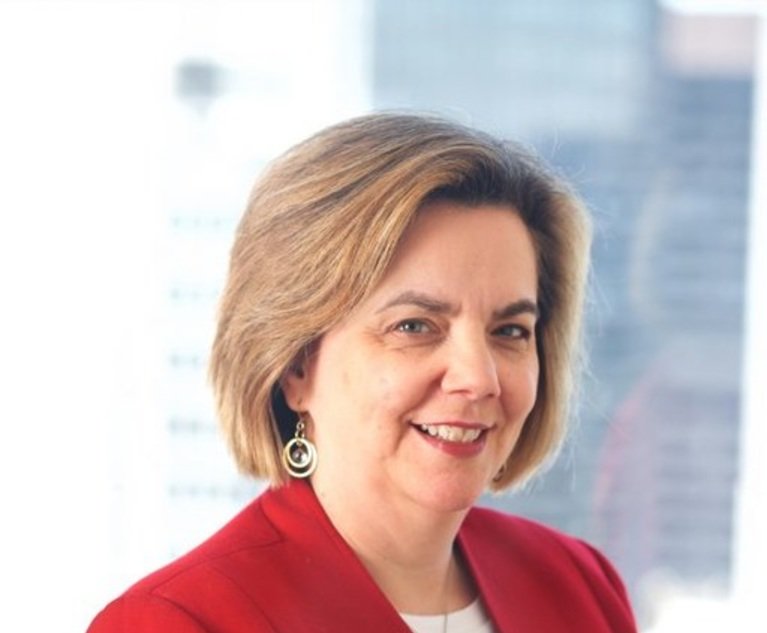Call it a comeback? Although the beauty industry was not immune to the economic impacts of the pandemic (global beauty product sales plunged by 15% in 2020), U.S. sales are making a healthy comeback (prestige beauty sales in Q1 of 2022 was up 19% from the same period last year) and are bringing to the forefront the idea of “clean” and diverse beauty. But advertising your product as being truly “clean” or authentically addressing needs of diverse populations isn’t without risk. Here we discuss what brands should know about their supply chains, advertising claims and partnerships.
Beyond the continued and projected growth of “clean beauty”—products claiming to use natural and cruelty free formulas—there has been a concerted push in the beauty industry to address the needs of women of color. This is not surprising: 40% of people in the United States identify as Latino, Black or Asian, and those groups are expected to make up more than 50% of the North American population by 2045. And Latina, Hispanic and Black women have been especially vocal about the need for representation in the beauty industry and the importance of bringing attention to “beauty justice,” while also using their purchasing power to support brands that uphold clean beauty practices.
This content has been archived. It is available through our partners, LexisNexis® and Bloomberg Law.
To view this content, please continue to their sites.
Not a Lexis Subscriber?
Subscribe Now
Not a Bloomberg Law Subscriber?
Subscribe Now
LexisNexis® and Bloomberg Law are third party online distributors of the broad collection of current and archived versions of ALM's legal news publications. LexisNexis® and Bloomberg Law customers are able to access and use ALM's content, including content from the National Law Journal, The American Lawyer, Legaltech News, The New York Law Journal, and Corporate Counsel, as well as other sources of legal information.
For questions call 1-877-256-2472 or contact us at [email protected]


 Credit: Adobe Stock
Credit: Adobe Stock




